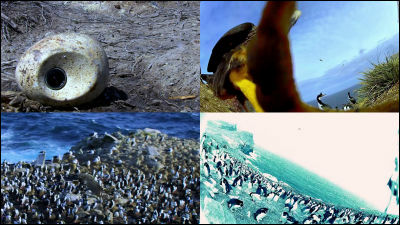Shooting technology to finish like BBC and NHK co-production program "Planet Earth II" like a movie work

The latest series of co-production program "Planet Earth" co-produced by BBC and NHK to grasp magnificent figures of nature and vivid ecology of animalsPlanet Earth II"Will be released sequentially from the end of 2016 to 2017. It is Planet Earth which boasted overwhelming detail in the previous series, but in the latest series further high-grade images are stored using the latest technology such as 4K high speed camera. News commentary Vox publishes movies to explain about the technology used to shoot such programs
How the BBC makes planet Earth look like a Hollywood movie - YouTube
The first "Planet Earth" series released in 2006 was highly appreciated by the contents overwhelming the conventional documentary and photography technology.

Planet Earth II is also a sequel to such a series.
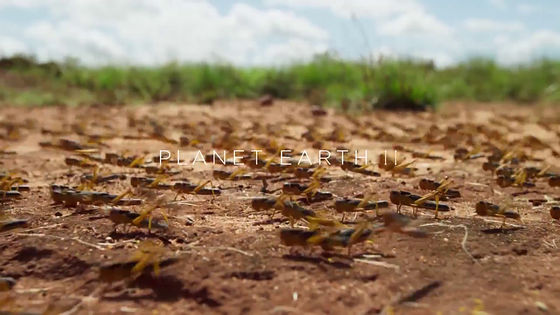
In Planet Earth II, the latest technology such as 4K high-speed camera was introduced for shooting, and it was finished as a work with an overwhelming sense of reality.

Horde of grasshopper filling the sky. In the latest work, the technique called "camera movement" which was not in the previous series is adopted.
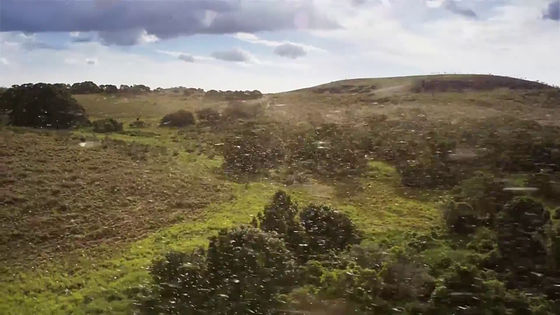
The situation is also expressed as "cinematic".
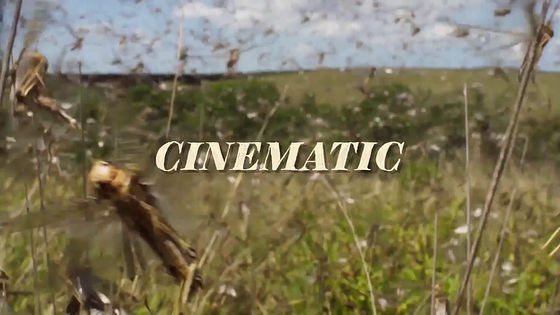
Program executive producer Mike Ganton who tells its meaning. "When shooting movies we see in movie theaters, fixed cameras are rarely used."
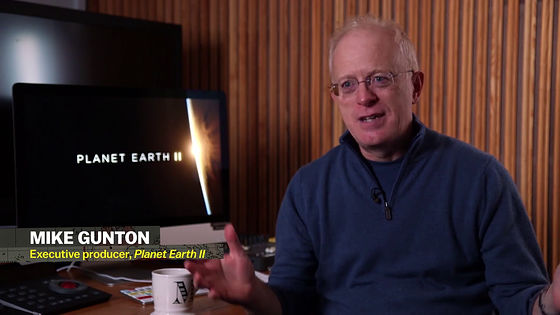
"The camera is mounted on a camera base with a stabilizing mechanism and moves smoothly or is moved to fly around in the air."
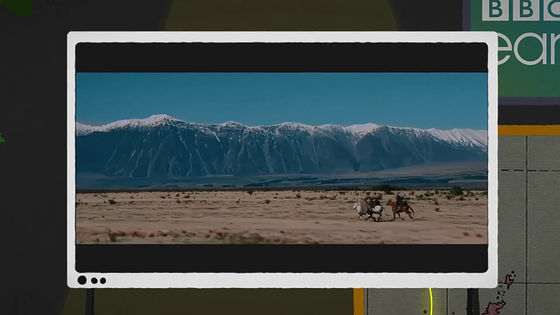
"We introduced that approach to the approach of this program, but this is not because we wanted to do it like a movie, but by using such a technique we can accommodate more strongly appealing images "

The BBC Natural History Unit, which is producing programs, is based in Bristol, England and has a history of over 60 years.
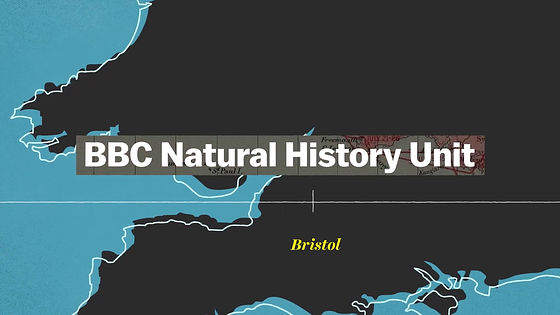
Among them, the famous one was broadcasted even in JapanDavid AttenboroughIt is a program by Sir.
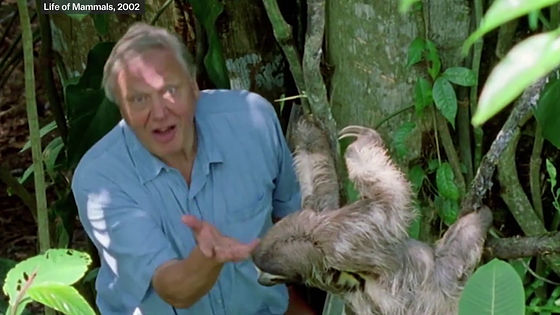
At BBC, we have continued activities to keep the figure of nature for many years. This is the figure of a comodo hornet in "Zoo Quest" produced in 1956.
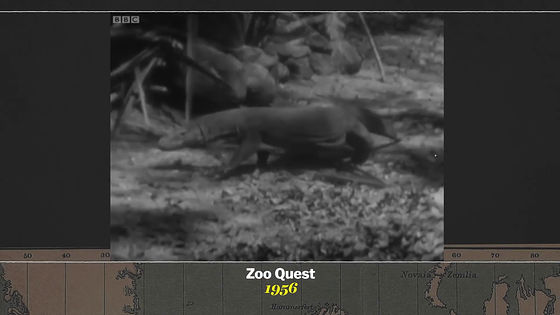
And this is a comodo hornet in "The Living Planet" in 1984. You can see that the image is clear.

And at the latest Planet Earth II this high quality image. Although it seems to be exaggerated beyond nature if it is somewhat soft, it certainly feels strong reality from the vivid picture.
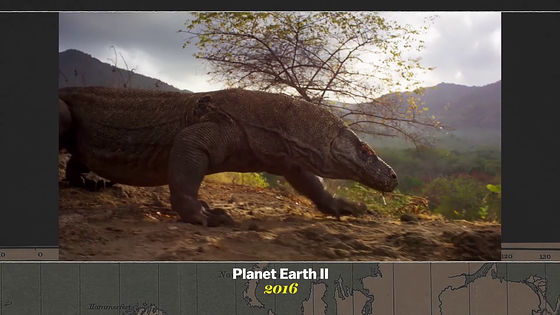
The history of video evolution is also the history of camera evolution. The first thing I used was a camera using 16 mm film. This was also the latest technology at that time.
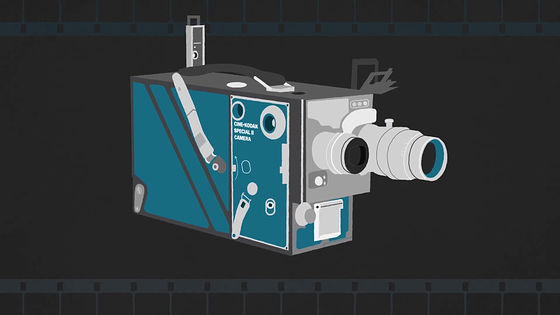
Creative Director Neil Nightingale will tell you the situation at the time.
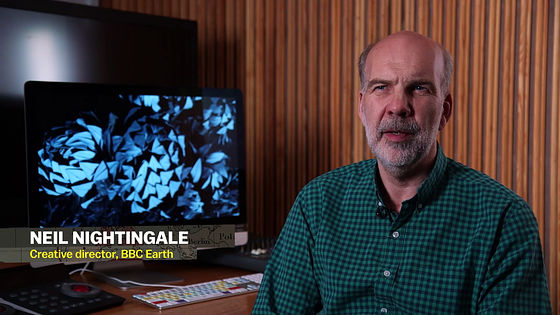
"The TV camera at that time was huge and it was not a thing to bring out very much."
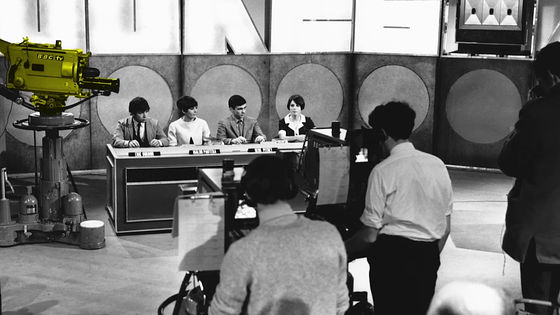
"This is the same in the movie world that uses film, so I could not bring it to the jungle very much."
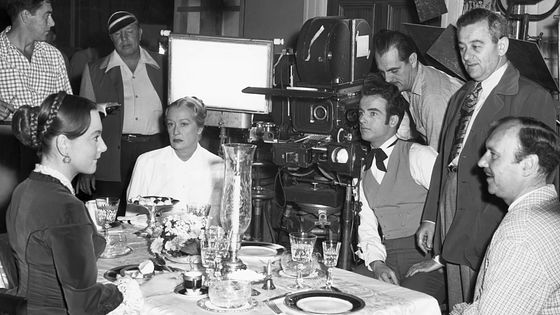
Also, one of the reasons was the strict eyes to the 16 mm camera. A person who supervised the film department at that time at the BBC said, "If there is something like 16 mm film video broadcast at BBC, it will be after my death," he said. There are words that refuse to use the 16 mm film in the mind.
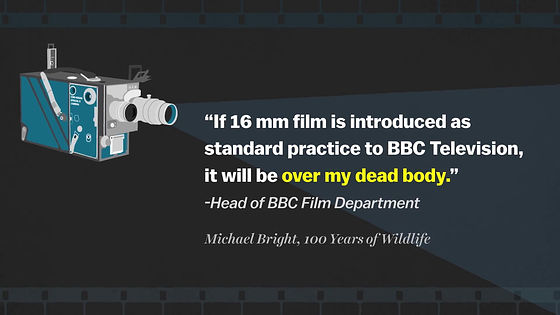
However, Mr. Attenborough seems to have stuck with the use of a 16 mm camera from the time of the first overseas location.
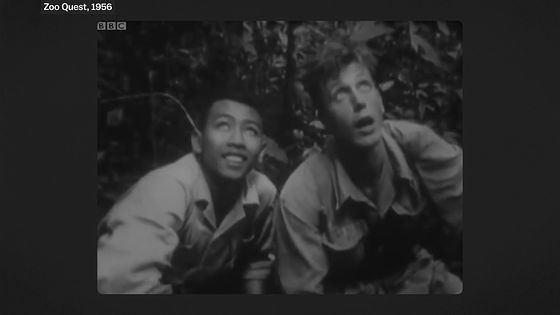
As a result, we succeeded in capturing the wondrous appearance of wild animals that we could not shoot in the past. For example,IndriIt was also a camera of 16 mm film that contained the figure of.

And in 2016, when you put the figure of the same Indri in the camera, it is possible to shoot not only the figure but also the camera while moving it around.

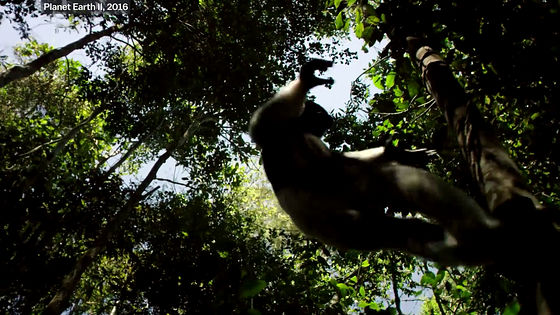
One of the technologies that supported the evolution is "Stabilization".
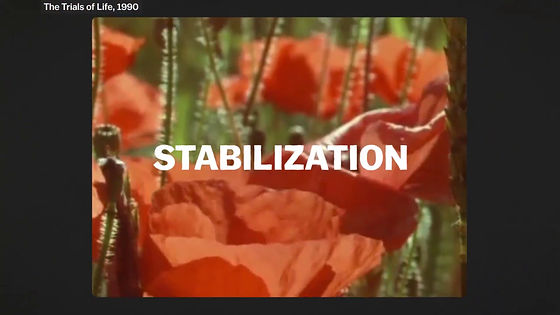
When you take a picture with a camera by hand, "camera shake" occurs to the extent that you can say it certainly. The same problem occurs even with aerial photography with a helicopter, especially when zooming in with a camera, the adverse effect is noticeable.
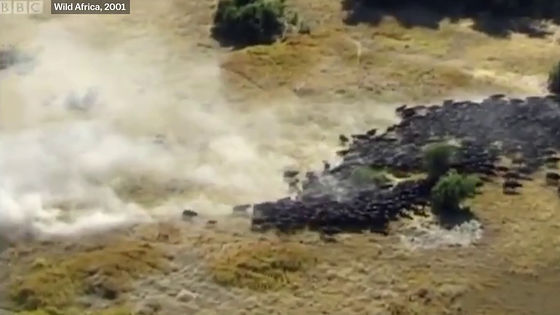
To avoid this problem, photographers used cranes ......
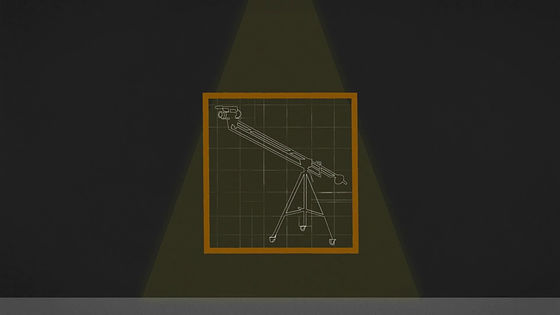
Put the camera on the chassis "Dolly" with tires ......

We have devised a way to accommodate stable images by using "sliders" etc. that move over the rails.
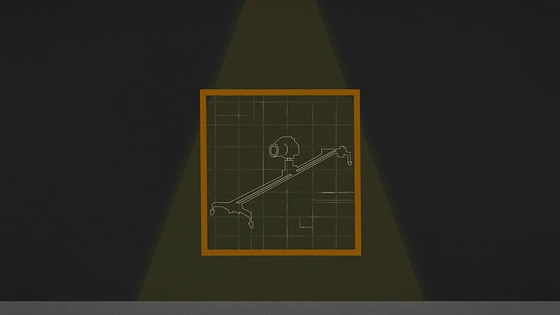
However, when photographing the majority of shooting underwater photography, a shooting method of placing a film camera on a tripod has been used.

It seems that it was in 2002 that the major change came.
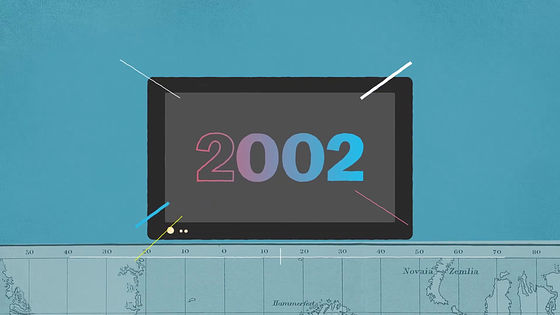
In this year, in starting the shooting of the Planet Earth series, BBC switched shooting from film to digital HD camera.
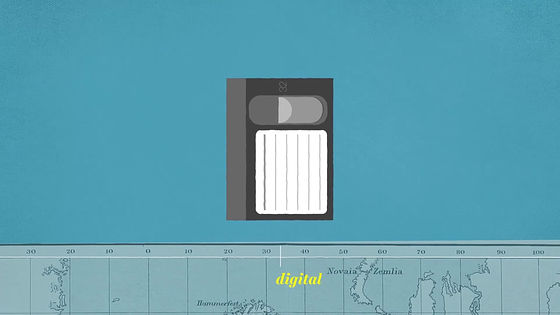
As a result, the photography method has been greatly upgraded. One of them was the introduction of a damping device called "Cineflex / Heli-Jibal" that hangs the camera under the helicopter fuselage.

As a result, even with shooting using the same helicopter, we succeeded in shooting vivid shakes.
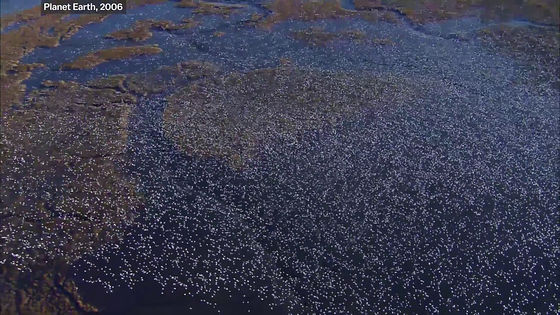
In addition, by enabling shooting from a high altitude, we are able to shoot natural shapes without getting close to wild animals.
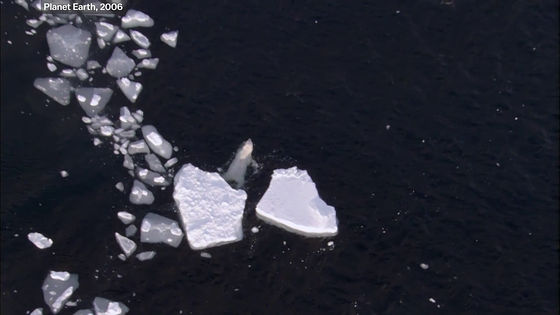
The scene where this white fox hunts is also an aerial photograph by a helicopter.

The whole story until chasing after deer is retained by the aerial photograph using helicopter. This was absolutely impossible in the conventional shooting method using a tripod.
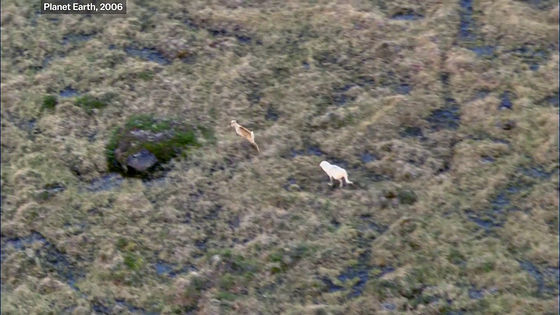
In the system of Cineflex · Helisibaru, the camera which captures the image and the recorder which records the data are separated, and free layout is possible. This is a merit that could not be obtained with conventional films and tapes.
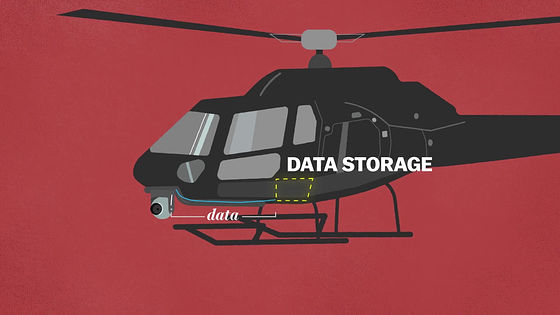
As is well known, gimbals for cameras are systems that control movement of three axes X / Y / Z, which can compensate for externally applied shaking and prevent blurring and tilting.

Therefore, stable shooting was always possible without being affected by helicopter mobility.
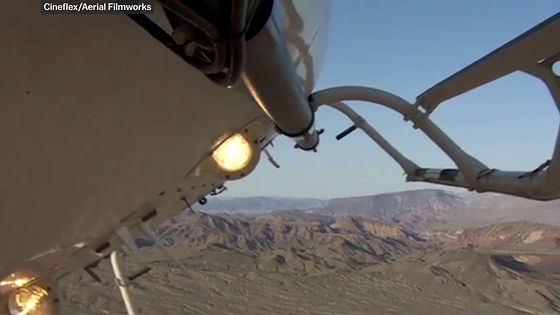
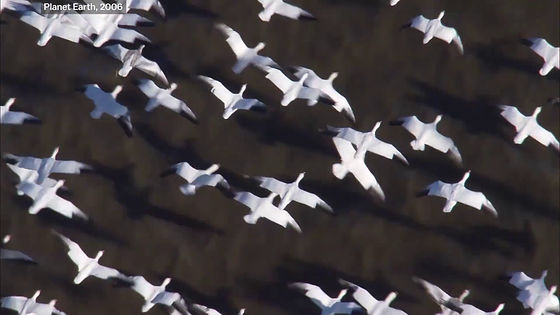
And in recent years this technology has been installed in drones and hand-held type gimbals.
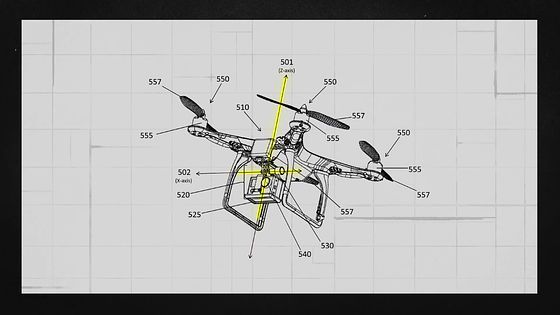
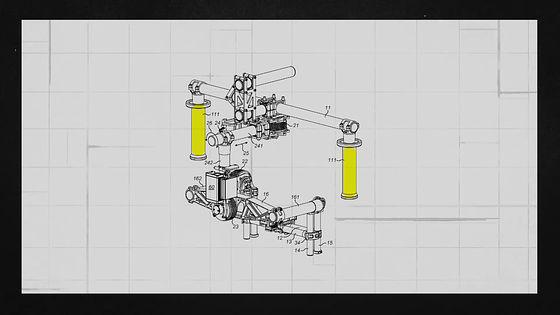
Therefore, powerful aerial photographs ......

Stable images are possible even at angles that crawl on the ground.

In BBC, it has been used since long agoSteadicamI used to shoot, but ....
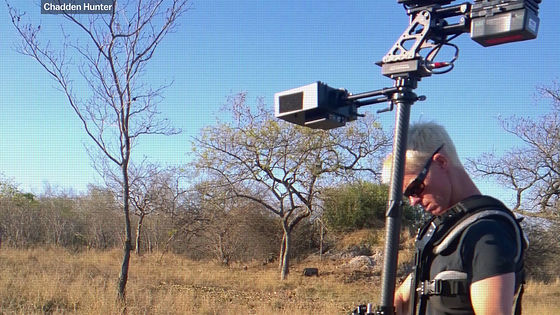
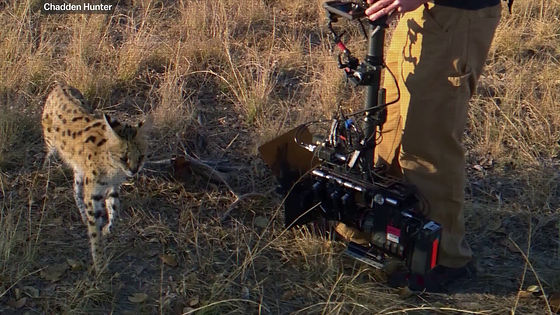
Electric gimbals with small size, light weight and high performance bring a lot of merit
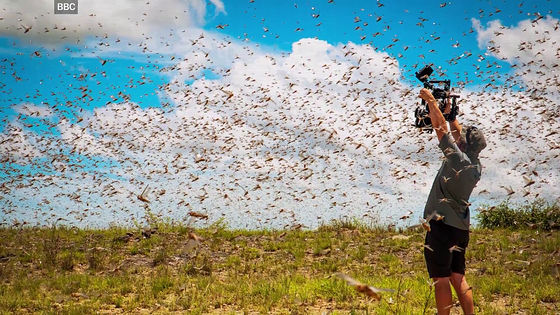
Bring it in a group of penguins ...

It is possible to capture the figure of a small monkey that jumps around the city in the vicinity.
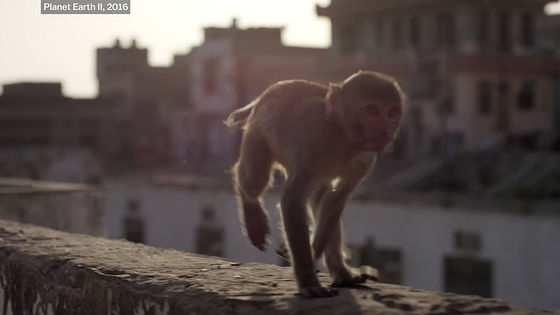
And above all, the BBC Natural History Unit is particular about telling a "story".
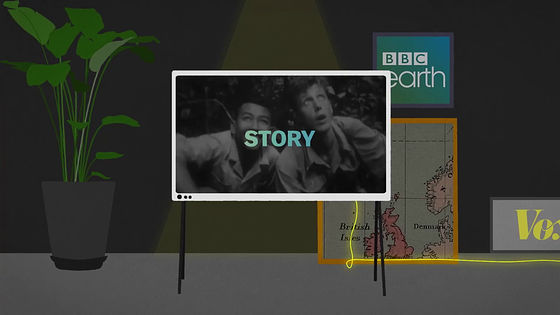
For example, one of the deadly battlefields of snake and snake that is contained in Planet Earth II. The hordes of snakes chase after ... ...

One lizard. Inevitably trying to escape ... ...

It has been confined to multiple snakes. I thought that the end of one volume was tightened like this ... ...

Successfully escape by successfully slipping through
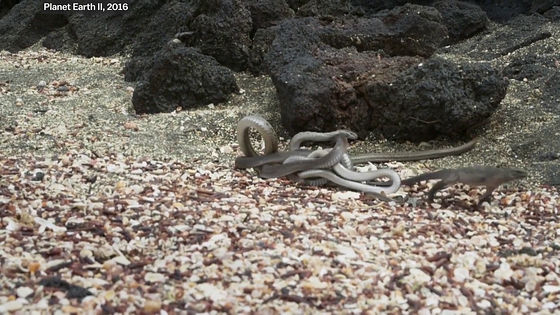
Then retaliation plays restarted. It is the real pleasure of the same series that we can see such natural appearance.
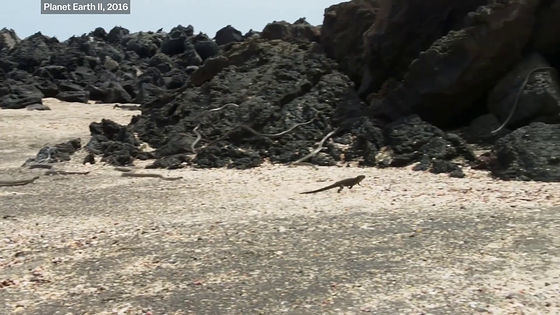
With regard to Planet Earth II, only by taking a wonderful place of nature in a philosophical manner and not conveying the true appearance such as the problem of the natural environmentVoice criticizingAlthough it is raised, Mr. Attenborough's view that familiarity will come out by witnessing the appearance of nature in a clear way. In any case, there seems to be no doubt that it is a series shot with the world's highest technology.
NHK Special Planet Earth Ⅱ | NHK Nature Nature
http://www.nhk.or.jp/nature/feature/planetearth2/
Related Posts:



